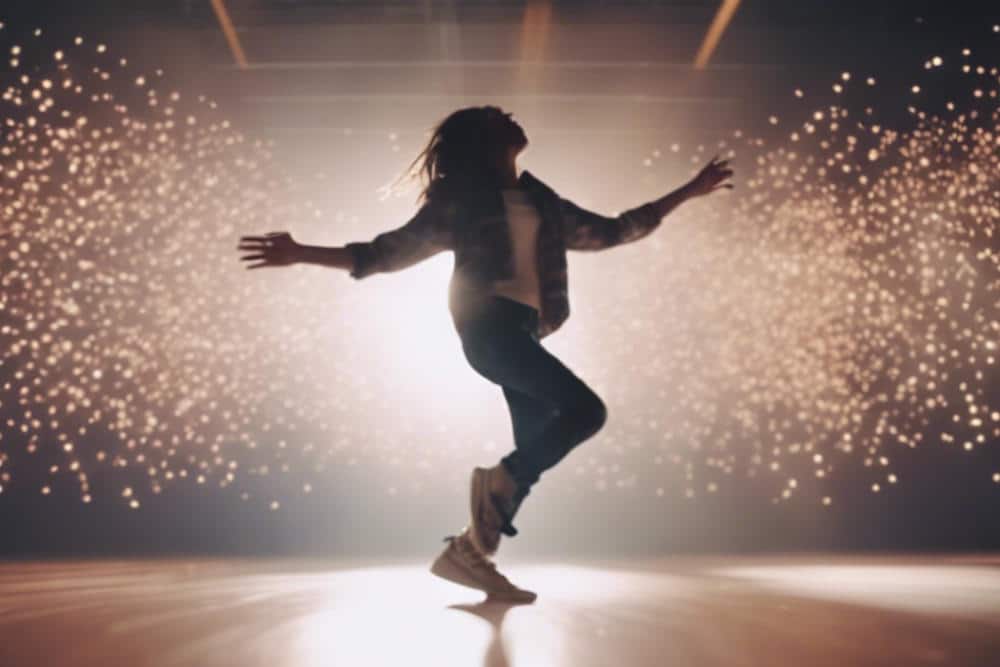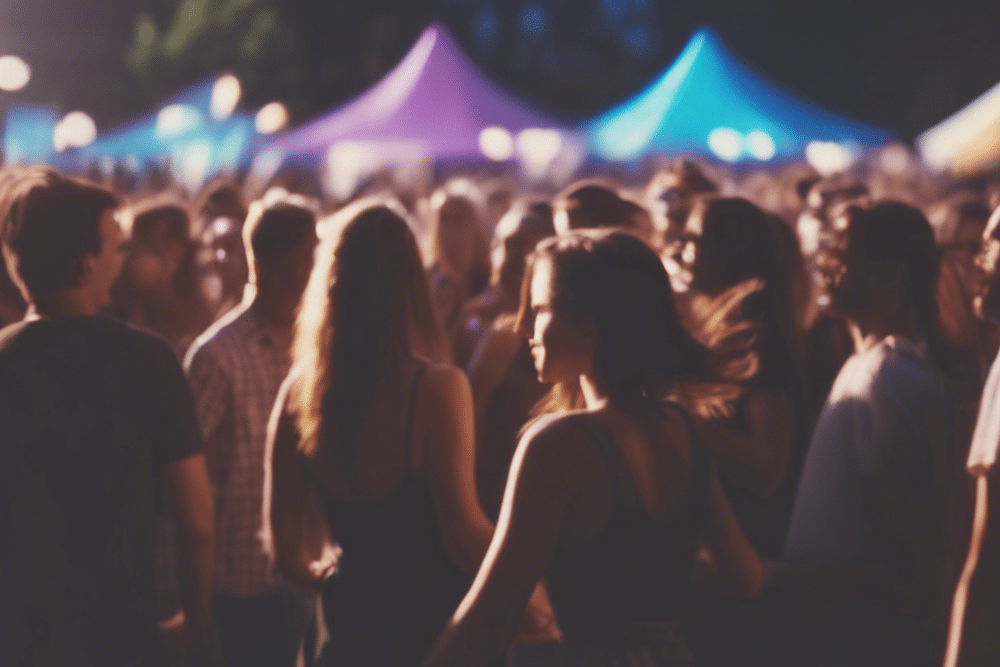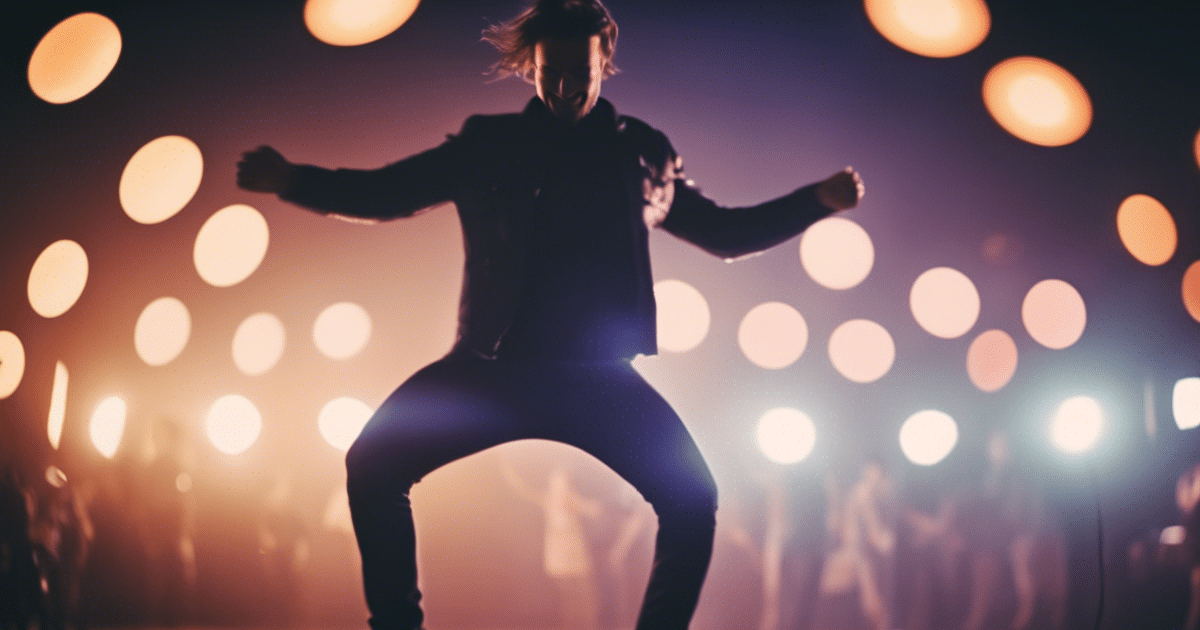Estimated reading time: 8 minutes
Introduction: Feel the Beat, Move Your Feet
Electronic Dance Music, or EDM, has taken the world by storm. From the pulsating beats of Ultra Music Festival to the rhythmic waves at Tomorrowland, EDM has become a global phenomenon. But for many, the question remains: how exactly do you dance to this electrifying music? Whether you’re a seasoned raver or a curious newcomer, this guide will help you navigate the vibrant world of EDM dancing.
Table of contents
- Introduction: Feel the Beat, Move Your Feet
- Understanding EDM: More Than Just Beats
- The Basics: Finding Your Rhythm
- Advanced Moves: Taking It to the Next Level
- Dancing to Different EDM Styles
- EDM Dance Etiquette: Navigating the Dance Floor
- The EDM Festival Experience
- The Global Impact of EDM
- The Future of EDM Dancing
- Video: How To Dance to Different EDM Styles!
- Conclusion: Your EDM Dance Journey
- FAQs
Understanding EDM: More Than Just Beats
Before we dive into the dance moves, let’s take a moment to understand what EDM really is. Electronic Dance Music is an umbrella term that encompasses a wide variety of electronic music styles designed for dance-based entertainment. From deep house to progressive trance, EDM offers a rich tapestry of sounds that can inspire various dance styles.
The Roots of EDM
EDM’s history is as diverse as its sound. The genre has its roots in the disco era of the 1970s, but it truly came into its own in the 1980s with the advent of house music in Chicago and techno in Detroit. Pioneers like Frankie Knuckles, Juan Atkins, and Kevin Saunderson laid the groundwork for what would become a global music phenomenon.
The EDM Spectrum
Today, EDM includes a vast array of sub-genres, each with its own unique sound and rhythm:
- House: Known for its steady four-on-the-floor beat
- Techno: Characterized by its repetitive rhythmic patterns
- Trance: Recognized for its uplifting melodies and buildups
- Dubstep: Famous for its heavy bass drops
- Drum and Bass: Distinguished by its fast breakbeats
Understanding these sub-genres can help you tailor your dance moves to the specific style of music you’re hearing.
The Basics: Finding Your Rhythm
Feel the Beat
The first step in dancing to EDM is to find the beat. Most EDM tracks have a consistent tempo, typically measured in beats per minute (BPM). House music, for example, usually has a tempo of 120-130 BPM, while drum and bass can reach up to 170 BPM or more.
To find the beat:
- Close your eyes and focus on the music
- Try to identify the steady, repetitive pulse
- Start nodding your head or tapping your foot to this pulse
Once you’ve found the beat, you’ve taken your first step into the world of EDM dancing!

The Two-Step
The two-step is the foundation of many EDM dance moves. It’s simple, versatile, and can be adapted to various tempos and styles.
How to do the two-step:
- Stand with your feet shoulder-width apart
- Step to the side with one foot on the first beat
- Bring your other foot to meet it on the second beat
- Repeat in the other direction
Practice this movement until it feels natural. Remember, the key is to stay relaxed and let the music guide your movement.
Advanced Moves: Taking It to the Next Level
The Shuffle
The shuffle, popularized by the Melbourne Shuffle, has become synonymous with EDM dancing. It’s a bit more complex than the two-step but can look incredibly impressive when mastered.
Basic shuffle steps:
- Start with your feet together
- Slide one foot forward while simultaneously sliding the other foot back
- Hop and switch the position of your feet
- Repeat, adding arm movements for balance and style
The Liquid
Liquid dancing is all about creating smooth, fluid movements with your body, particularly your arms and hands. It’s often associated with trance and slower EDM tracks.
To practice liquid:
- Start with your arms relaxed at your sides
- Move one arm slowly, as if it’s flowing through water
- Let the movement travel through your body
- Practice creating shapes and patterns with your arms
The Jump
Many EDM tracks, especially in genres like hardstyle and big room house, have big drops that call for energetic movements. The jump is perfect for these moments.
How to nail the jump:
- As you feel the build-up in the music, bend your knees slightly
- When the drop hits, jump up with both feet
- Land softly and continue with your regular dance moves
Remember, the key to any EDM dance move is to feel the music and let it guide your body. Don’t be afraid to experiment and find what feels comfortable for you.
Dancing to Different EDM Styles
House Music
House music, pioneered by legends like Frankie Knuckles and carried forward by artists like Eric Prydz and Swedish House Mafia, is characterized by its steady four-on-the-floor beat. When dancing to house:
- Focus on fluid, continuous movements
- Use the two-step as your base and add arm movements
- Feel free to incorporate hip movements for a groovier feel
Trance
Trance, with its uplifting melodies and builds, calls for more expansive movements. Artists like Armin van Buuren have helped define this genre. When dancing to trance:
- Use your arms to create sweeping movements
- Incorporate jumps during the climactic moments
- Try liquid dancing during the melodic breakdowns
Dubstep
Dubstep, known for its heavy bass drops, requires more aggressive and sharp movements. When the beat drops in a dubstep track:
- Use choppy, robotic movements
- Incorporate head banging (but be careful!)
- Try tutting, a style of dance that uses angular arm and hand movements
EDM Dance Etiquette: Navigating the Dance Floor
Dancing at an EDM event isn’t just about the moves; it’s also about respecting others and creating a positive atmosphere. Here are some tips:
- Be aware of your surroundings and give others space to dance
- If the dance floor is crowded, keep your movements compact
- Don’t be afraid to interact with others, but always respect personal boundaries
- Stay hydrated! Dancing to EDM can be quite a workout
The EDM Festival Experience
EDM festivals like Ultra Music Festival, Tomorrowland, and Electric Daisy Carnival offer a unique opportunity to immerse yourself in the culture of electronic dance music. These events often feature multiple stages, each showcasing different sub-genres of EDM.
When attending a festival:
- Explore different stages to experience various styles of EDM
- Pace yourself – festivals often last for several days
- Dress comfortably and be prepared for weather changes
- Most importantly, stay safe and look out for your friends

The Global Impact of EDM
EDM has truly become a global phenomenon, influencing and being influenced by various cultural dance traditions. For example:
- In South Africa, EDM has fused with local styles to create unique genres like Gqom
- In India, EDM elements have been incorporated into Bollywood music
- In the UK, genres like Grime and Dubstep have emerged from the fusion of EDM with local urban music styles
This global cross-pollination has resulted in an incredibly rich and diverse EDM landscape, offering dancers a wide array of styles to explore and enjoy.
The Future of EDM Dancing
As EDM continues to evolve, so too do the dance styles associated with it. New sub-genres emerge, bringing with them new ways of moving to the beat. Some trends to watch out for:
- The incorporation of elements from other dance styles, such as hip-hop and contemporary dance
- The use of technology in dance, such as LED gloves for light shows
- The rise of dance challenges on social media platforms, spreading new moves globally
Video: How To Dance to Different EDM Styles!
Conclusion: Your EDM Dance Journey
Dancing to EDM is more than just moving your body to the beat – it’s about expressing yourself, connecting with others, and losing yourself in the music. Whether you’re shuffling to house, flowing to trance, or head-banging to dubstep, remember that there’s no “right” way to dance to EDM. The most important thing is to feel the music and let it move you.
So the next time you hear those electronic beats, don’t be afraid to step onto the dance floor. Start with the basics, experiment with different moves, and most importantly, have fun. Who knows? You might just discover your new favorite way to express yourself.
Remember, every great dancer started as a beginner. So put on your dancing shoes, turn up the volume, and let the rhythm guide you. Your EDM dance journey starts now!
Related Posts
FAQs
EDM, or Electronic Dance Music, is an umbrella term for a variety of electronic music styles, including house, techno, trance, and dubstep. Unlike other genres, EDM is specifically designed for dance-based entertainment, with its beats and rhythms driving people to move on the dance floor.
To find the beat in EDM, close your eyes and focus on the music’s steady, repetitive pulse. Begin by nodding your head or tapping your foot to this rhythm. Once you sync with the beat, you’re ready to start dancing.
The two-step is a basic, versatile EDM dance move. Stand with your feet apart, step to the side on the first beat, and bring the other foot to meet it on the second beat. The key is to stay relaxed and let the rhythm guide you.
The shuffle is a popular EDM dance move that involves sliding one foot forward while sliding the other back, then hopping and switching the position of your feet. This move can be combined with arm movements for balance and style.
At EDM festivals, it’s important to be mindful of your surroundings. Give others space, respect personal boundaries, and stay hydrated. Enjoy the atmosphere, interact with others positively, and ensure you’re aware of the crowd’s energy.
